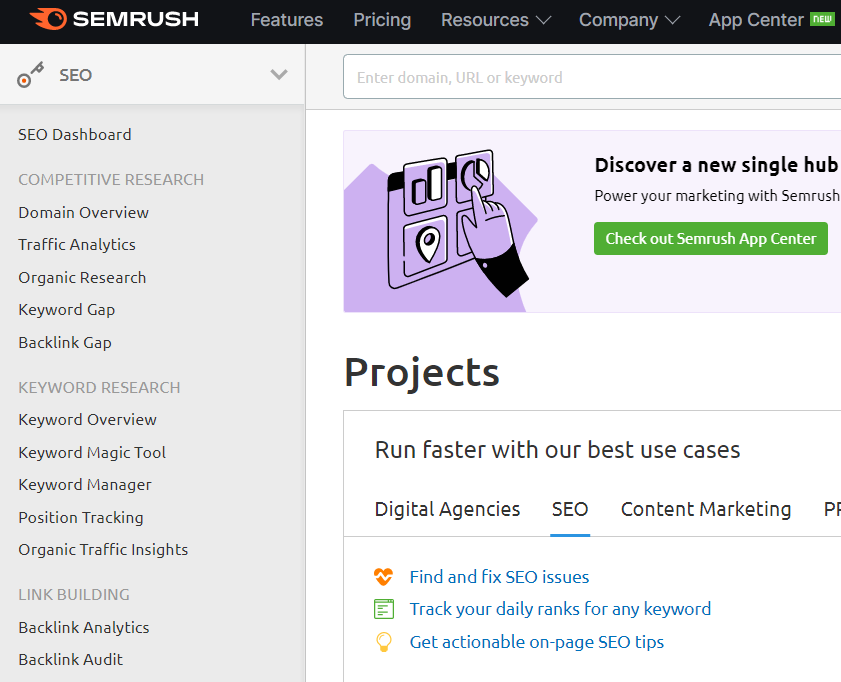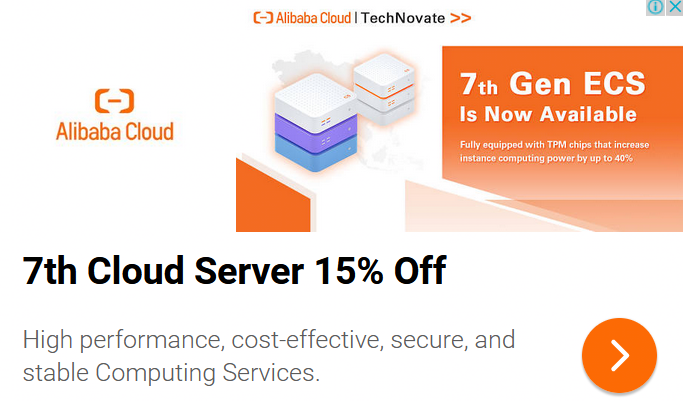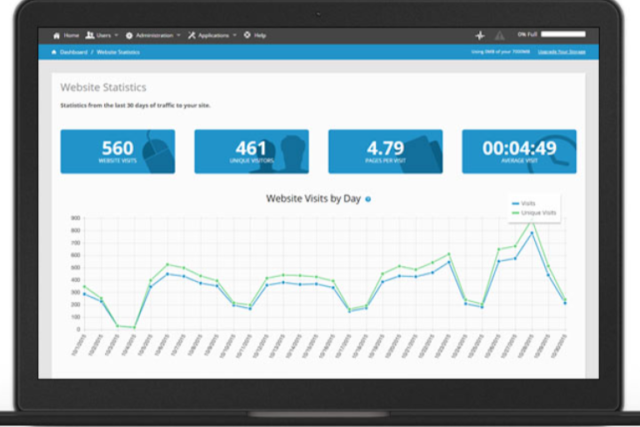Measuring the performance of a site, or analyzing the audience of a competitor’s, is often easier than we imagine. Several online services allow you to display and analyze website statistics. Here you will find 3 free tools to help you manage your digital communication, exercise your monitoring, or evaluate the popularity of a blog.
Statistics, essential to manage your website
Any site manager will of course use the information provided by the Google Analytics reference tool, or other services such as AT Internet. But this data is not public and only the administrators of the account have access to it.
However, the analysis sites listed below provide an idea of the audience of a website. Data that will make it, among other things, to:
conduct competitive intelligence,
measure the popularity of a site or blog (for your influencer strategies),
identify traffic-generating keywords,
prepare targeted marketing and communication actions.
Where can I find and analyze website statistics?
The data of a website (ranking, traffic, audience,…) are easily observable thanks to the 3 tools that I propose below. Be careful, however, not to take their results for the reflection of the exact truth. Nevertheless, these are very useful indicators for Traffic Managers and communicators.
To get a more precise idea of the data of a site, do not hesitate to compare the results of these different tools. Or to go further, opt for the paid version.
SIMILARWEB

With a simple and fluid interface, SIMILARWEB offers some valuable results for free for the analysis of a website. Simply enter the web address to be studied in the input field to obtain, among other things:
The world ranking, national and by category of the site,
The number of visits, page views per visit, the average duration of visit,
The origin of the traffic by country, the sources of the traffic (direct access, search engine, other sites, social networks),
Traffic-generating keywords (free and paid),
The details of the traffic generated through social networks (Youtube, Facebook, Twitter, etc.),
The interests of your visitors and the other sites they also visit frequently.
You will find much more information, but we will note the possibility of comparing sites similar to yours (in a single analysis window). Similarweb goes even further by suggesting sites similar to the one you want to study.
However, the comparison remains limited to a single site in the free version. This service is particularly useful for your competitive studies. A paid version is also available with advanced analysis features, including simultaneous comparison of multiple sites.
ALEXA

Alexa offers a similar service to analyze websites. It is probably the oldest and most reputable analysis site. Again, simply enter the web address you want to study in the ALEXA input field.
You can also identify the competing sites that are most similar to yours, in terms of audience and keywords.
Other services are offered, such as the ranking of the top 50 sites visited in France.
https://www.alexa.com/find-similar-sites
SEMRUSH

More professional and more complete, SEMrush is the reference for many webmanagers who want to closely study the traffic of their website. In addition to the information provided by Similarweb or Alexa, SEMRUSH offers much more in-depth analysis criteria, particularly on the use and performance of keywords.
SEMrush’s features make it a tool that goes beyond analytics; it is a real steering instrument. In particular, the following should be noted:
its competitive positioning maps,
its monitoring and management of SEO (natural referencing),
its comparison of keywords (organic and paid) and CPC price (cost per click).
SEMrush performs a daily update of the evolution of a site’s traffic. It is possible to follow a history over a month or over 2 years. With a distinction SEO (natural referencing) and SEA paid referencing).
Another big highlight: SEMrush lists the keywords on which a site goes back in SEO and gives an estimate of the traffic reported by this keyword (eg 4% of the total traffic of the site).
Even more surprising, SEMrush indicates the “traffic cost” generated by SEO. That is to say, the price that this natural traffic would have cost if you had to acquire it via a paid referencing campaign (Adwords).




MOST COMMENTED
DreamHost E-commerce Hosting: Building Online Stores
Is it better to dropship with Amazon FBA or with Shopify?
10 reasons to start your blog today!
How to create a travel blog?
5 ways to make money with your blog
5 newsletter ideas to boost your Christmas sales
How to find the best niches in dropshipping?